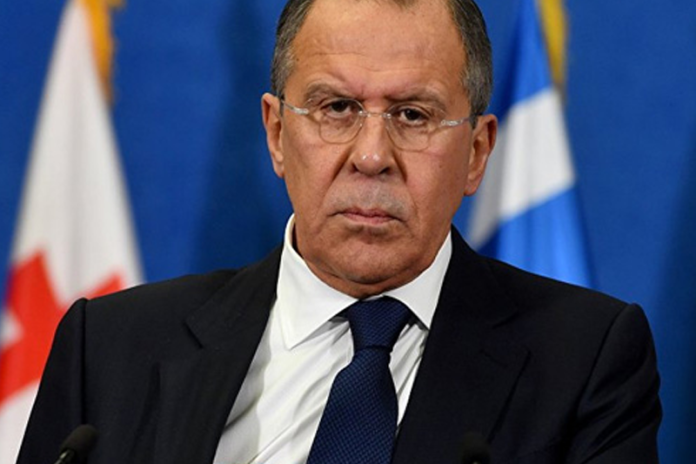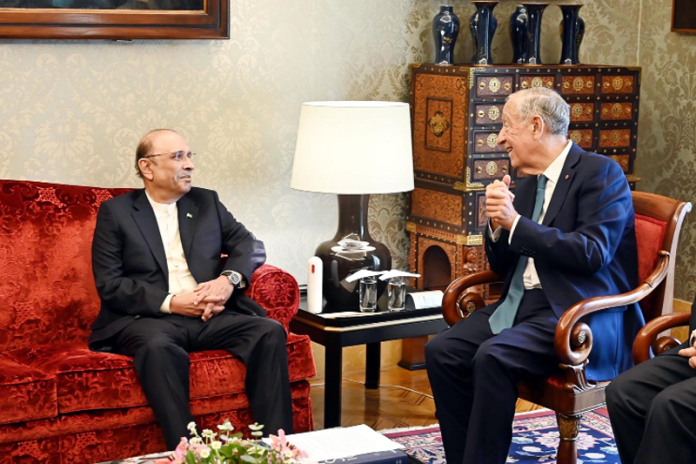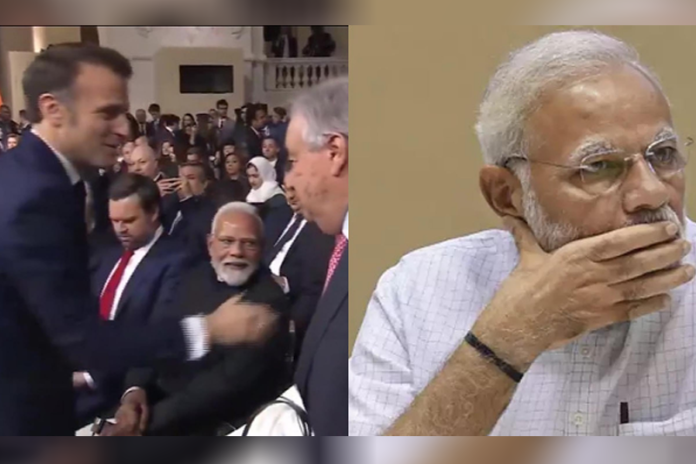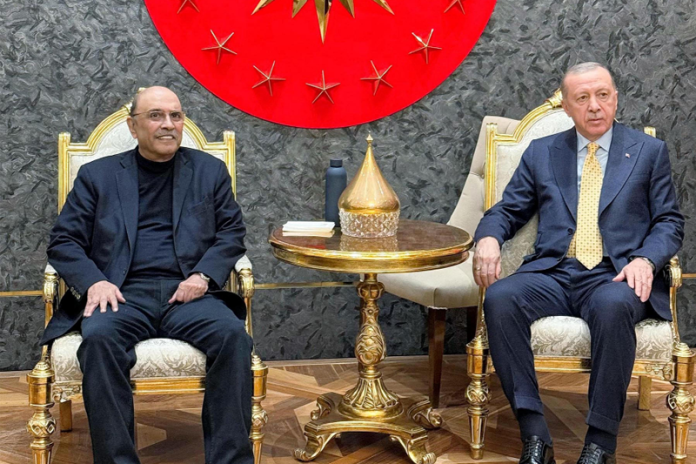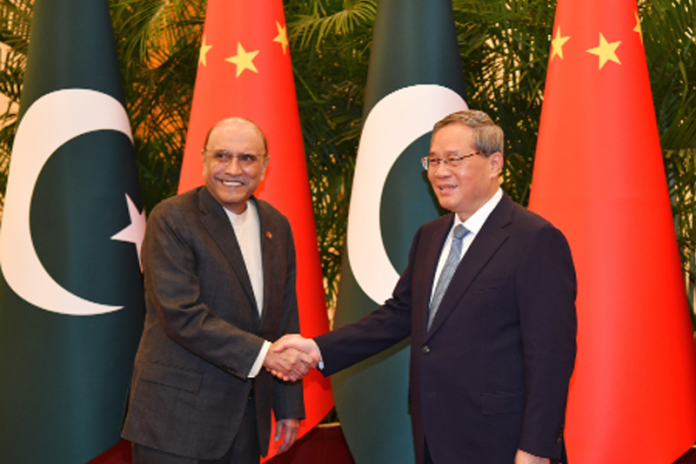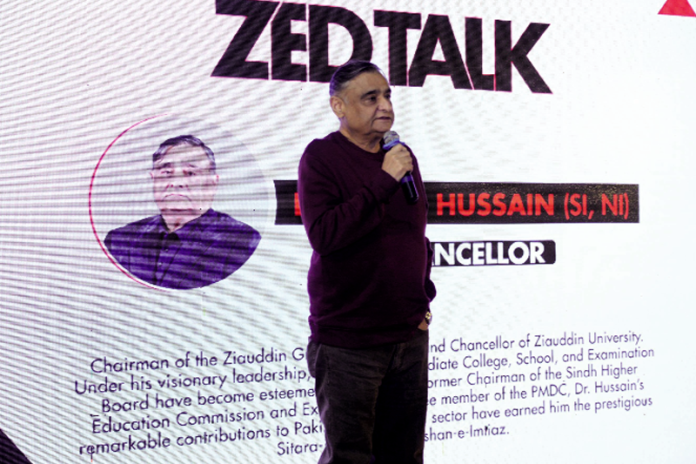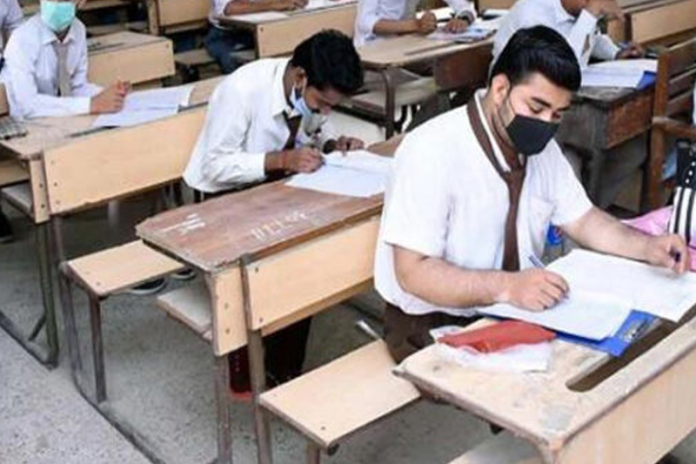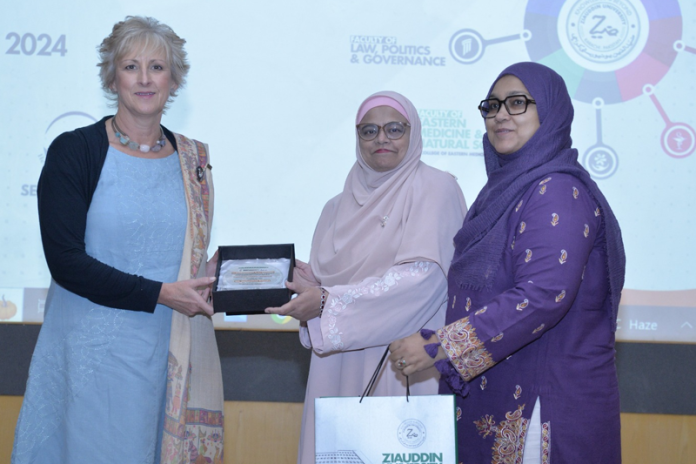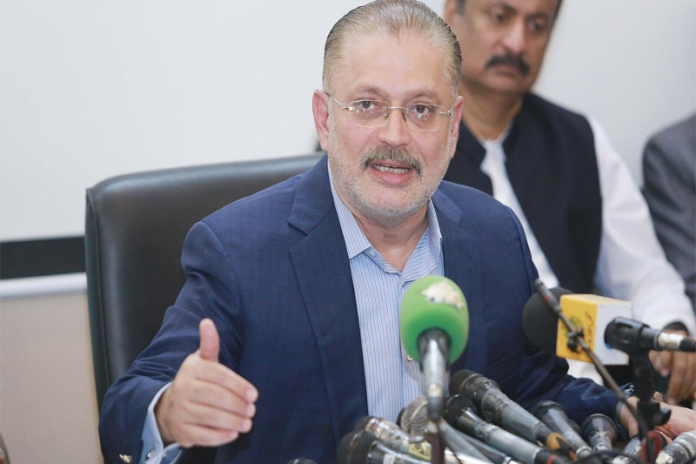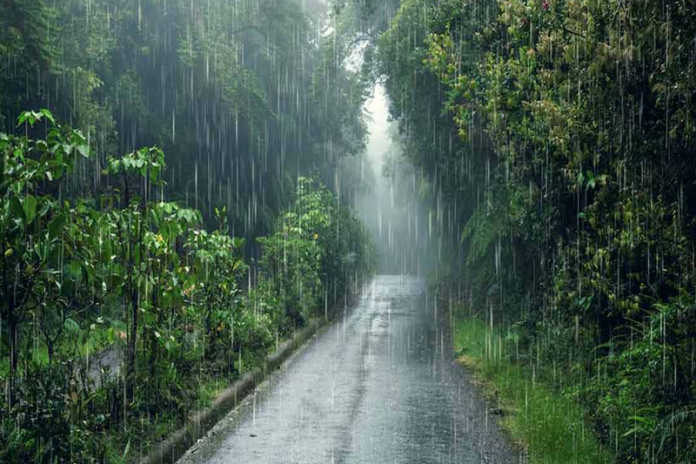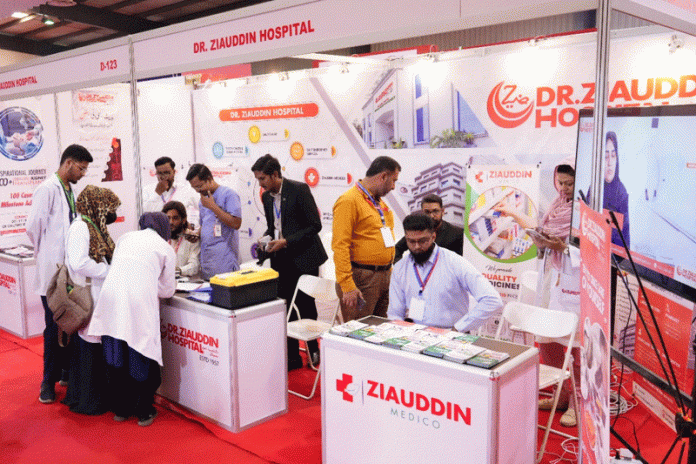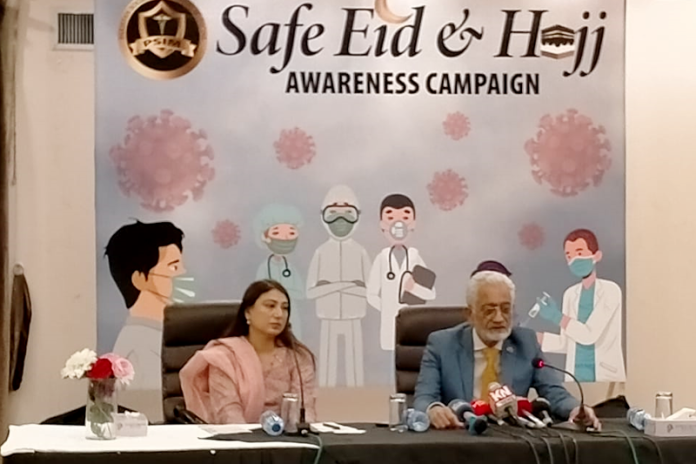All You Need To Know About Old Karachi In Late 60s And 70s
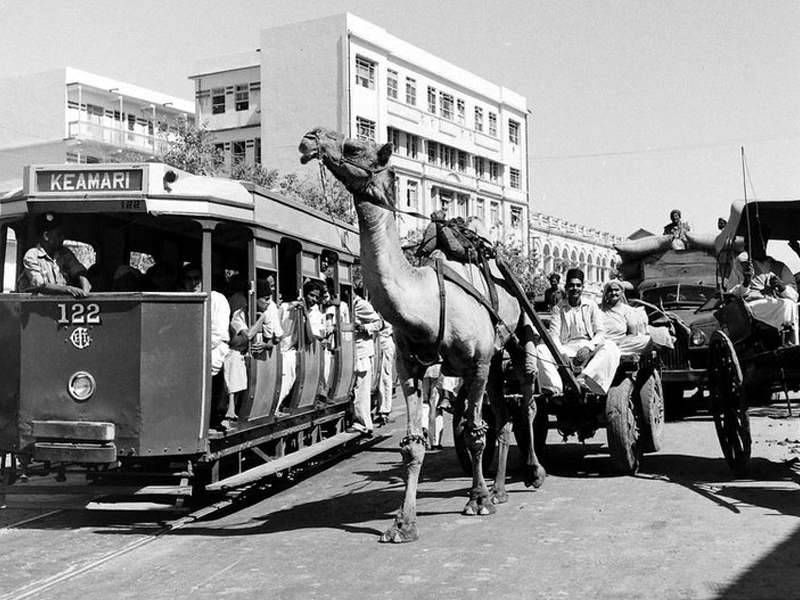
- 537
- 0
In the late 1960s and early 1970s, Karachi was a thriving metropolis that was Pakistan’s economic centre. It was a metropolis that was also going through a lot of social and political transformation at the same time as the nation was rapidly modernising and urbanising.
At the time, a huge number of migrants from India who had arrived in the city following the partition of British India in 1947 made up Karachi’s diversified population, which included individuals from all across Pakistan and other countries as well. With its port acting as a point of entry to the rest of the nation and the rest of the globe, the city was also a significant hub of trade and business.
The skyline of Karachi in the late 1960s and early 1970s, which was dominated by tall skyscrapers and contemporary office buildings, was one of the city’s most distinctive aspects. A number of significant cultural institutions, including as museums, theatres, and art galleries, were also located in the city
Karachi was not immune to the social and political unrest that was roiling Pakistan at the time, despite its modernity. When the military overthrew the government in a coup in 1969, Pakistan was controlled by a string of military governments that severely restricted civil freedoms and enforced harsh censorship.
While many parties fought for control and influence in the city, Karachi was also the scene of severe political bloodshed during this time. The city in particular served as a centre for the ethnic Sindhi nationalism movement, which aimed to give the province of Sindh more political clout and autonomy.
Nonetheless, despite all of this unrest, life went on in Karachi. The people of the city went about their everyday lives, going to work and school, buying things in marketplaces and malls, and interacting with friends and family. Cricket was one of the most popular sports in Karachi at the time, and it was played in parks and other public areas all across the city. Karachi also had a lively music scene, with performers performing a variety of genres, from Western rock & roll to traditional Pakistani qawwali.
Karachi remained a location of enormous vitality and innovation in the late 1960s and 1970s despite the difficulties the city was undergoing. Its citizens worked diligently to construct a lively and dynamic metropolis that mirrored their ambitions and goals because they were driven to achieve a better future for themselves and their nation.
Published in The Daily National Courier, May, 02 2023
Like Business on Facebook, follow @DailyNCourier on Twitter to stay informed and join in the conversation.











